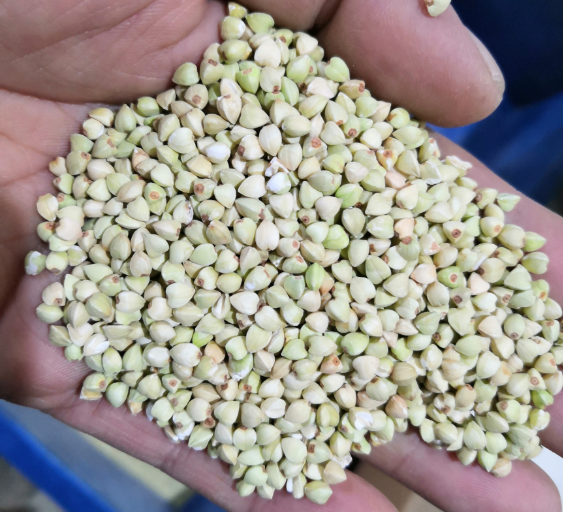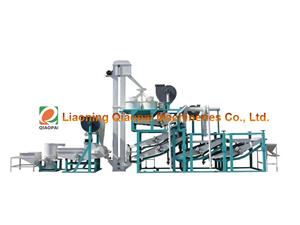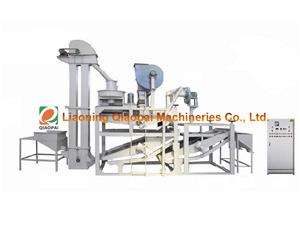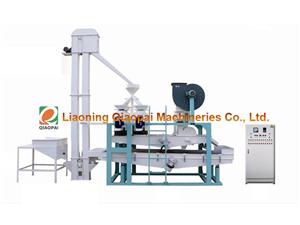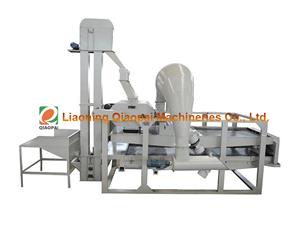The global buckwheat market is experiencing robust growth, fueled by rising consumer demand for nutrient-dense, gluten-free food options. Valued at USD 1.82 billion in 2023 and projected to reach USD 2.84 billion by 2030 with a 6.57% CAGR, this pseudocereal is transitioning from a niche ingredient to a staple in health-focused diets worldwide . Central to this expansion is the advancement of commercial processing equipment, particularly buckwheat dehulling machines, which unlock the crop's full nutritional potential and commercial value.
Despite its name, buckwheat is not a wheat but a seed classified as a pseudocereal, making buckwheat naturally gluten-free—a critical advantage for consumers with celiac disease or gluten sensitivity . Its nutritional credentials extend far beyond this dietary compatibility: a 100-gram serving of whole grain buckwheat contains 11 grams of high-quality plant protein, 10 grams of dietary fiber, and significant amounts of magnesium (203mg), phosphorus (374mg), and potassium (414mg) .
Key bioactive compounds set buckwheat apart in the superfood category. Flavonoids like rutin and quercetin contribute to cardiovascular health by strengthening blood vessels and reducing inflammation, while antioxidants help combat oxidative stress linked to chronic diseases . The fiber content supports digestive health, stabilizes blood sugar levels, and aids weight management by promoting satiety—benefits that resonate with consumers prioritizing preventive wellness .
Buckwheat's adaptability has led to its integration across diverse sectors, driving market diversification. In the food and beverage industry, it appears in multiple forms:
Bakery & Snacks: Flour blends for bread, cookies, and granola, valued for enhancing texture and nutritional content .
Traditional & Functional Foods: Noodles (a staple in Asian cuisines), pancakes, and ready-to-eat cereals catering to both heritage and modern diets .
Functional Products: Extracts rich in rutin are increasingly used in nutraceuticals and dietary supplements .
Beyond food, buckwheat has found footing in cosmetic formulations, leveraging its antioxidant properties, while its by-products serve as sustainable animal feed . Regional demand varies—Asia leads in traditional noodle consumption, while North America and Europe drive growth in value-added bakery and cereal products .
Unlocking buckwheat dehulling equipment, a challenge due to the crop's conical trihedral shape and delicate kernel structure . Traditional methods often resulted in low hulling rates, high kernel breakage, and reduced product value—issues addressed by modern buckwheat dehulling machine.
Leading equipment like the QMTF Series buckwheat dehulling equipment has become the core of large and medium-scale processing lines . These systems employ a dry-process method that eliminates preheating requirements, using rotating emery rolls to create controlled cutting and rubbing action that breaks the bond between hull and kernel without damaging the grain . Key features include adjustable roller clearance and feeding speeds, allowing customization for both sweet and bitter buckwheat varieties .
Advanced models integrate separation and recirculation systems: after dehulling, a combination of air suction screens and vibrating classifiers separates kernels from hulls, while unprocessed buckwheats are automatically returned for re-hulling . This closed-loop design achieves high dehulling efficiency while maintaining a high whole-kernel rate—a critical factor for premium product lines . Commercial units offer substantial capacity, with models ranging from 120 kg/h to 1000 kg/h to accommodate different buckwheat dehulling dequipment production scales .
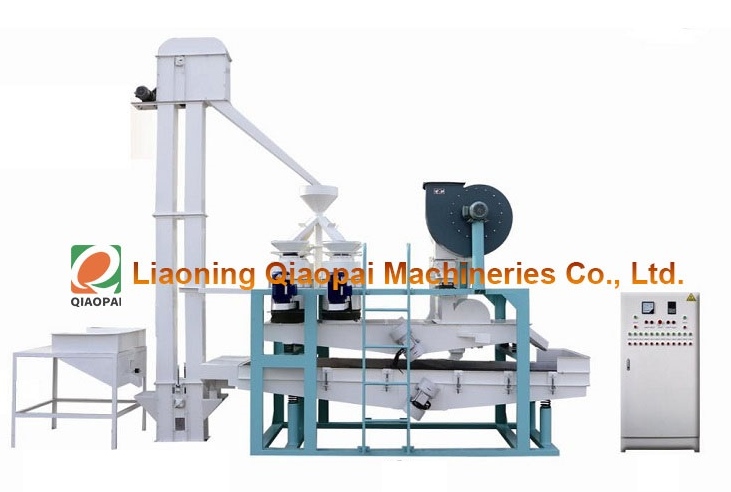
As the buckwheat market grows, processing technology will remain pivotal to addressing industry challenges. Climate sensitivity and yield fluctuations highlight the need for efficient processing to minimize waste, while consumer demand for clean-label products requires equipment that preserves nutritional integrity . Commercial dehulling machines rise to this task by maximizing yield—both of valuable kernels and hulls, which have secondary applications in textiles and bedding .
"Buckwheat's growth trajectory depends on our ability to deliver consistent, high-quality products at scale," noted an industry analyst. "Modern dehulling equipment solves the historic bottlenecks in processing, making it possible to meet global demand while retaining the nutritional benefits that make buckwheat unique."
With continued innovation in buckwheat dehulling equipment technology and growing consumer awareness of its health benefits, buckwheat is poised to maintain its upward market momentum, solidifying its position as a key ingredient in the global health food landscape.
